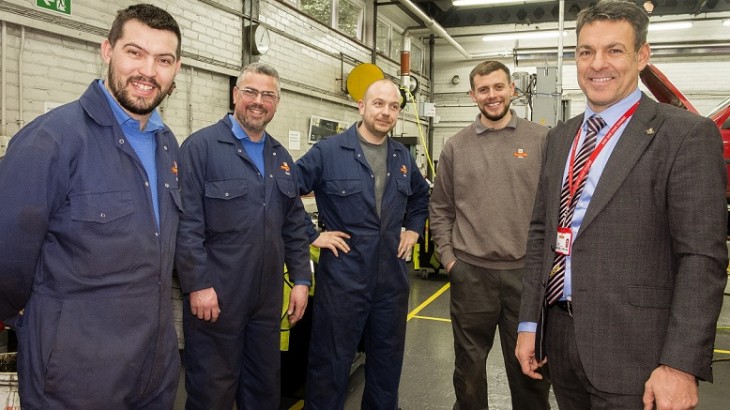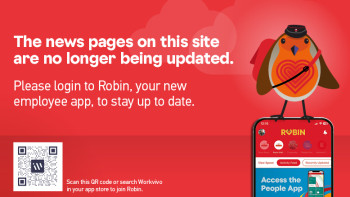Top of our game

Following the incredible 11 awards our Fleet won in 2018, we spoke to fleet director, Paul Gatti about our priorities and strategy to remain at the top of our game in 2019 and beyond.
How is our fleet changing in the next few years?
‘Our vehicle profile needs to change over the next 10 years, so that we’re able to respond to growth in parcels and the introduction of clean air zones in city centres,’ said Paul. ‘There is now demand for bigger vans in delivery and collections, such as the larger 18-tonne trucks and more double-deck trailers.
‘We’re proud to be the first big fleet operator in the UK to run and maintain an electric fleet, with 100 vans currently in our operation. We’ve committed to the clean air agenda and will be replacing vehicles in London to meet the city’s 2019 clean air zone (CAZ) standards. We’re also working on plans to make sure we’re compliant when CAZ expands to other big cities.
‘We continue to innovate through looking at alternative fuels and redesigning our trailers. We’re bringing in 100 trailers with aerodynamic designs and introducing two compressed natural gas (CNG) trucks onto our fleet’.
What are the main challenges for your team?
‘Current policy means that we’re keeping vans for nine years and our trucks for 10. This is longer than other fleets, who usually replace their vehicles within five to seven years.
‘We’re also looking at the implications of replacing our older vehicles and potentially reducing the lifespan of all our vehicles in the future, which would protect the brand and bring down maintenance costs.’
What can our drivers do to help?
‘Our vans come into our workshops six times a year on average, which is much higher than other corporate fleets such as British Gas. Clearly, the age profile of our fleet is a factor, but we also know that many visits are avoidable through better driver behaviour.
‘Looking after your van better can really help us as we enter this period of growth, freeing up more space and time for us to take on more external work and increase revenues for the business.’



